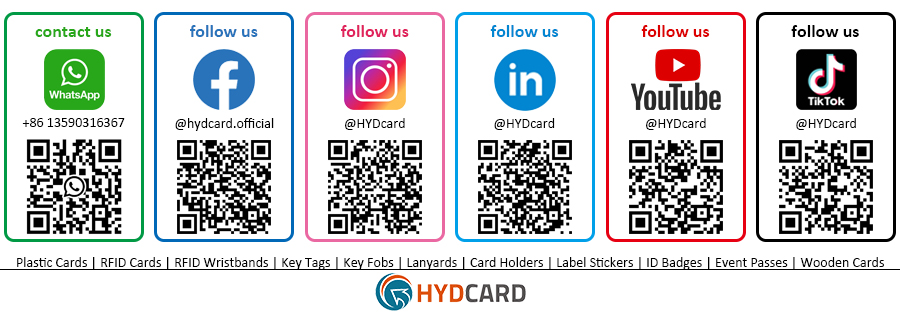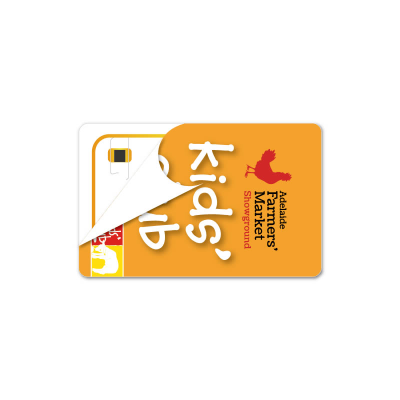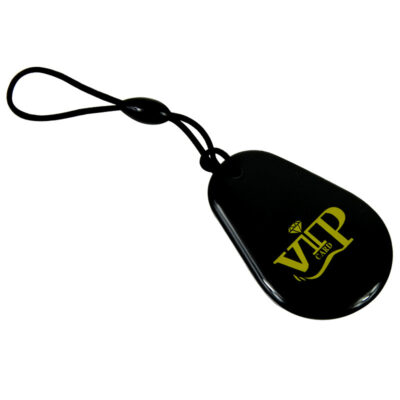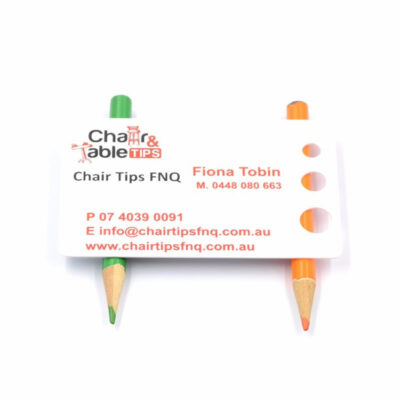
Radio Frequency Identification (RFID) is a technology that uses radio waves to identify and track objects. It consists of three main components: RFID tags, RFID readers, and antennas. Here’s how RFID works:
RFID Tags
An RFID tag is a miniature device containing a microchip and an antenna. The microchip stores relevant information about the object to which the tag is attached, such as a unique identifier or other relevant data. RFID tags are mainly divided into two types:
Active Tags: These tags have their own power source (usually a battery) and can transmit signals over long distances (up to hundreds of meters).
Passive Tags: These tags have no power source and rely on energy emitted by the RFID reader to transmit information. Their transmission distance is typically short (a few meters at most).
RFID Reader
An RFID reader is a device that transmits radio waves and receives signals returned by RFID tags. When an RFID tag enters the reader’s reading range, the reader sends a signal to activate the tag. The tag then responds by sending its stored information back to the reader.
Antenna
The antenna is a key component for communication between the RFID reader and the tag. Depending on the system design, it can be integrated into the reader or used as a standalone component.
Data Transmission
When an RFID reader activates a tag, the tag transmits data via radio waves. The reader captures this data and sends it to a computer system for processing. This information can then be used in various applications such as inventory management, asset tracking, and access control.
Applications of RFID
RFID technology has been widely used in various industries. Some common applications include:
Supply Chain Management: RFID helps track products throughout the supply chain, improving inventory accuracy and reducing losses.
Retail Industry: Stores use RFID to manage inventory, streamline checkout processes, and enhance customer experience.
Access Control: RFID is used in security systems to control access to buildings and restricted areas.
Healthcare: Hospitals use RFID to track medical devices, manage patient records, and ensure medication safety.
HYDcard focuses on providing high-quality RFID products, tailored to your specific needs. Our RFID products are built with the latest technology, ensuring reliability and high performance. We also offer customization options to help you create an RFID solution perfectly suited to your business needs. Contact us today to learn more about our RFID products and services and how we can help you achieve your goals.






